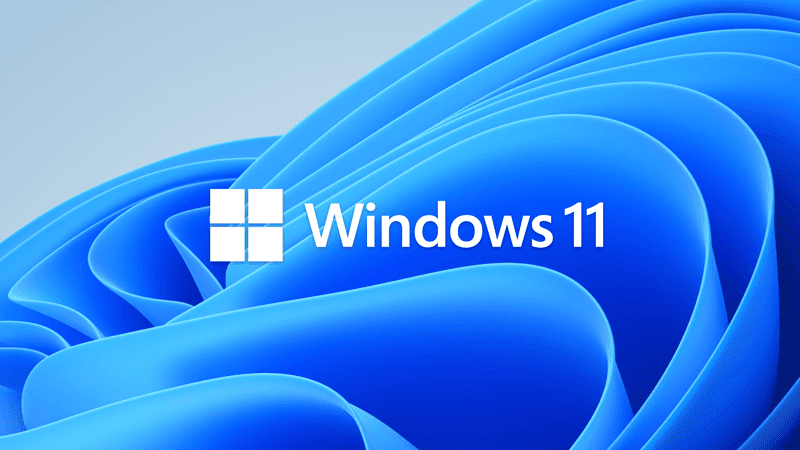- Local time
- 10:08 AM
- Posts
- 9,077
- Location
- The Lone Star State of Texas
- OS
- Windows 11 Pro 24H2 26100.3194
I always thought that MS could and would at some point shut down all the loopholes we've been using to bypass a MS account as well as those used to install 11 on older hardware. If this article is to be believed, it appears this may be the company's first step.... the bypassnro command is disabled in the latest beta build.

 www.windowscentral.com
www.windowscentral.com
The way I read it, as of right now, the script can still be enabled into a system by adding the registry key - HKLM\SOFTWARE\Microsoft\Windows\CurrentVersion\OOBE /v BypassNRO /t REG_DWORD /d 1 /f shutdown /r /t 0″
By the time this gets to the release channel that may no longer work. Probably will, though, as MS is famous for taking things away a little bit at a time rather than everything all at once. I'm sure they feel it's less of a shock their customer base by doing it that way. Doesn't change that ultimately, their demand is met whether their customer base likes it or not.

Windows 11 blocks ability to skip Microsoft Account during setup
The popular "bypassnro" command, which let users to skip connecting to the Internet and signing into a Microsoft Account, is being removed.
 www.windowscentral.com
www.windowscentral.com
The way I read it, as of right now, the script can still be enabled into a system by adding the registry key - HKLM\SOFTWARE\Microsoft\Windows\CurrentVersion\OOBE /v BypassNRO /t REG_DWORD /d 1 /f shutdown /r /t 0″
By the time this gets to the release channel that may no longer work. Probably will, though, as MS is famous for taking things away a little bit at a time rather than everything all at once. I'm sure they feel it's less of a shock their customer base by doing it that way. Doesn't change that ultimately, their demand is met whether their customer base likes it or not.
My Computers
System One System Two
-
- OS
- Windows 11 Pro 24H2 26100.3194
- Computer type
- PC/Desktop
- Manufacturer/Model
- Dell Optiplex 7080
- CPU
- i9-10900 10 core 20 threads
- Motherboard
- DELL 0J37VM
- Memory
- 32 gb
- Graphics Card(s)
- none-Intel UHD Graphics 630
- Sound Card
- Integrated Realtek
- Monitor(s) Displays
- Benq 27
- Screen Resolution
- 2560x1440
- Hard Drives
- 1tb Solidigm m.2 nvme+256gb SKHynix m.2 nvme /External drives 512gb Samsung m.2 sata+1tb Kingston m2.nvme+ 4gb Solidigm nvme
- PSU
- 500w
- Case
- MT
- Cooling
- Dell Premium
- Keyboard
- Logitech wired
- Mouse
- Logitech wireless
- Internet Speed
- so slow I'm too embarrassed to tell
- Browser
- #1 Edge #2 Firefox
- Antivirus
- Defender+MWB Premium
-
- Operating System
- Windows 10 Pro 22H2 19045.3930
- Computer type
- PC/Desktop
- Manufacturer/Model
- Dell Optiplex 9020
- CPU
- i7-4770
- Memory
- 24 gb
- Monitor(s) Displays
- Benq 27
- Screen Resolution
- 2560x1440
- Hard Drives
- 256 gb Toshiba BG4 M.2 NVE SSB and 1 tb hdd
- PSU
- 500w
- Case
- MT
- Cooling
- Dell factory
- Mouse
- Logitech wireless
- Keyboard
- Logitech wired
- Internet Speed
- still not telling
- Browser
- Firefox
- Antivirus
- Defender+MWB Premium









